New street design guide launched by TfL but will councils follow it?
TfL have launched a new guide on designing streets and public spaces for pedestrians as part of their long-term transport strategy.
London’s population is rising roughly 1 million people per decade and it’s obvious that more people using cars will only induce further gridlock with knock on effects for public transport and business deliveries. Current events will cause a pause but in a year or two expect normality to resume.
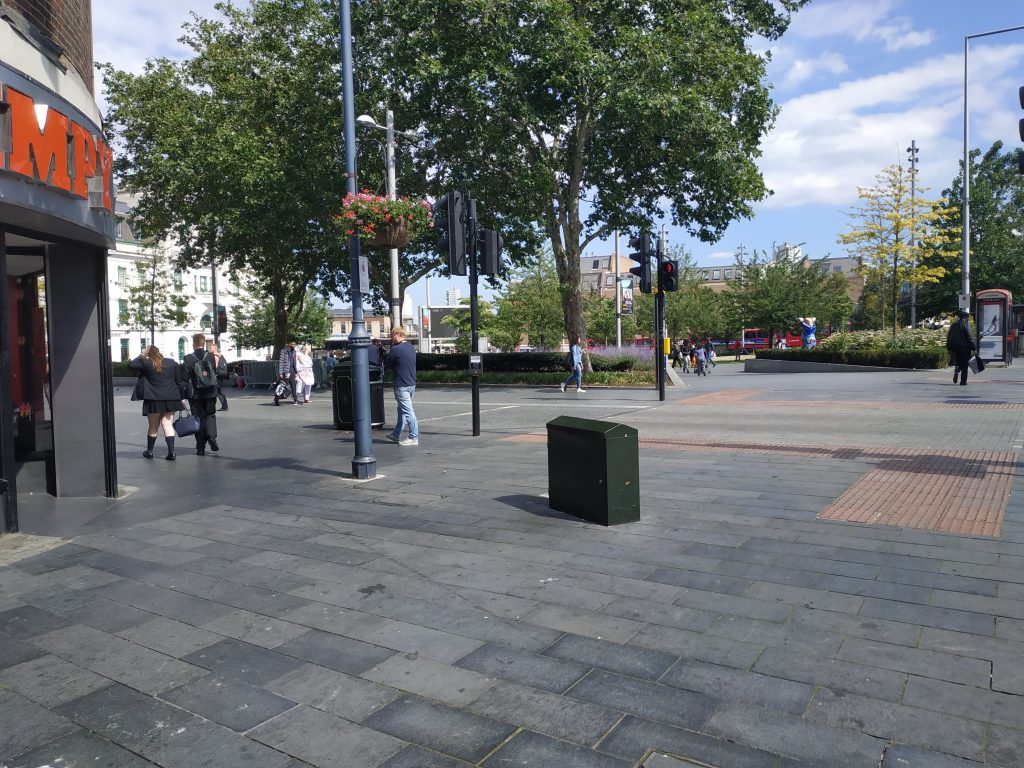
So how do we accommodate many more people in a city and ever higher density? One major improvement would be to take some out of cars for short trips of a mile or less. To do so streets must be people-friendly. This guide hopes to lead authorities into enacting modern design into routine practice.
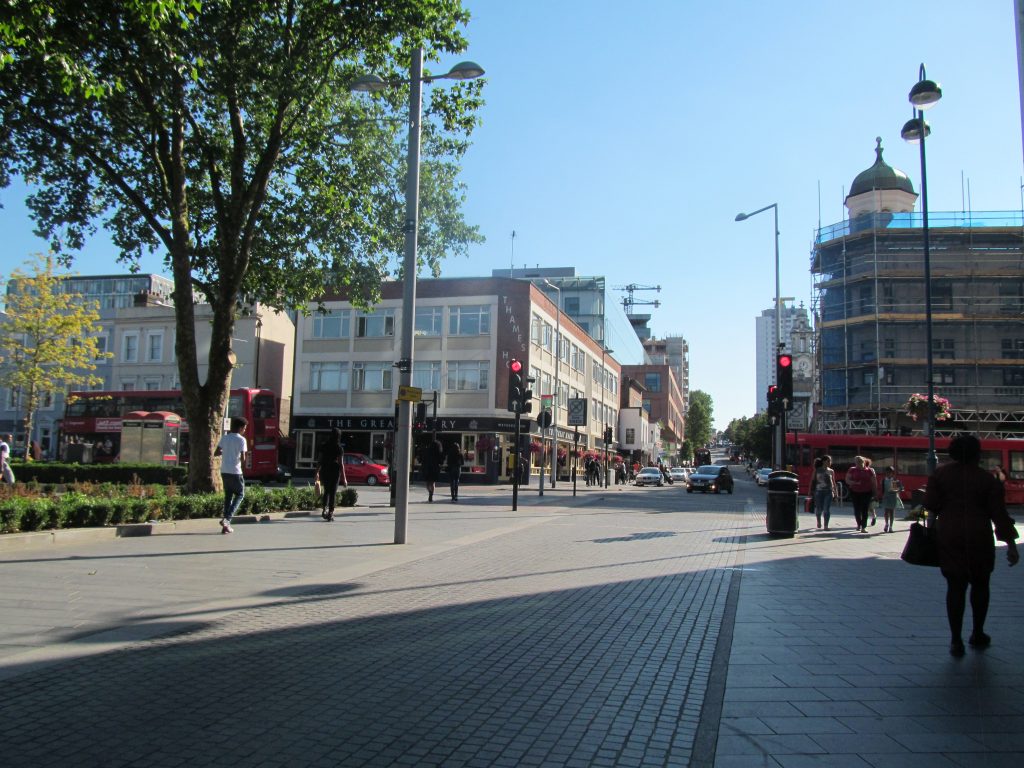
It follows a number of guides such as TfL’s Manual for Street that boroughs such as Greenwich have continued to ignore (at high cost). The authority even allocated £75,000 towards training staff in March 2019 even though street guides have existed for some time before that.
The new TfL guide continues to push for measures Greenwich routinely flout. Lewisham and Bexley aren’t great too.
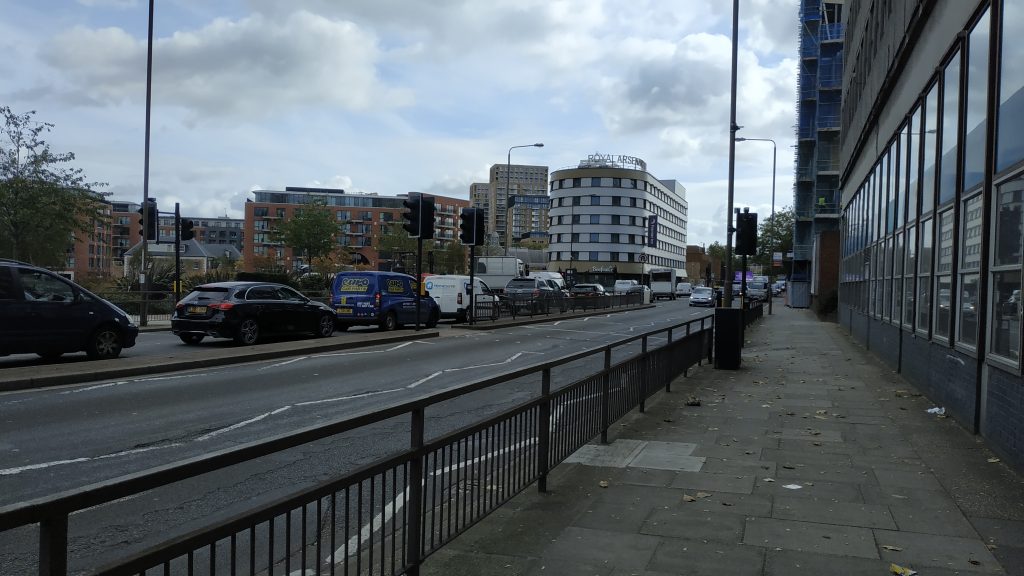
One is the first mentions of design in the new guide states “Street furniture should be designed to avoid encouraging anti-social use and vandalism, and should be positioned to minimise obstructing sightlines.”
Not only do guardrails obstruct pedestrians for drivers (particularly children) but in east Greenwich the Greenwich leisure centre uses them to hang banners completely obscuring vision on a bend:
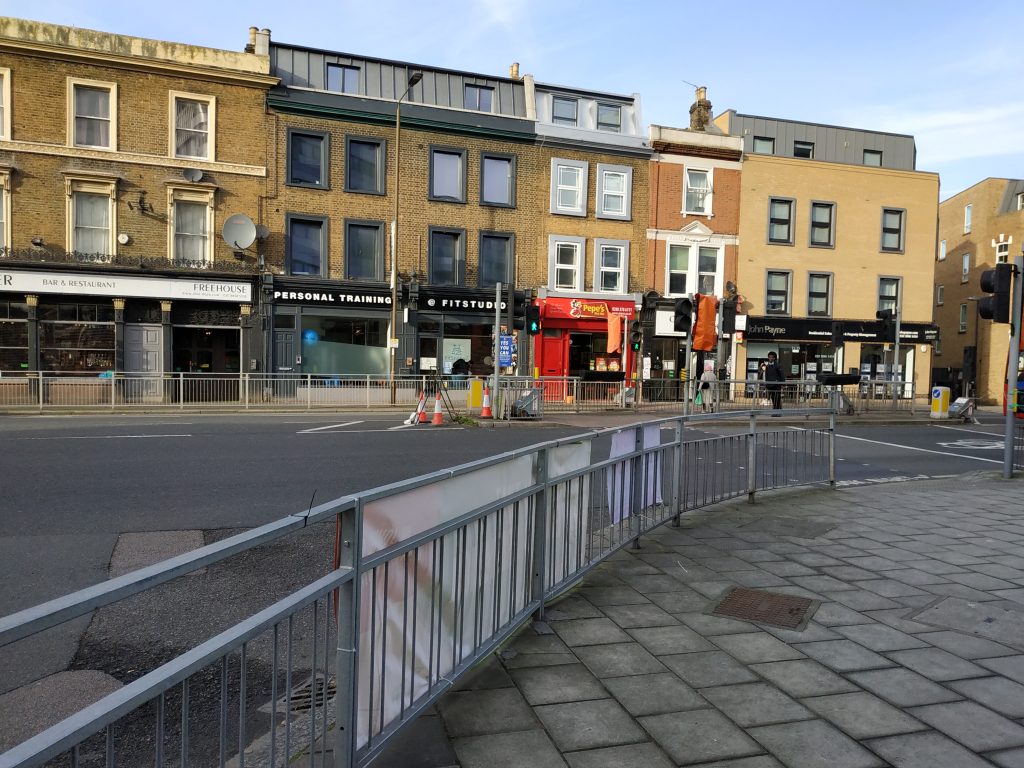
Here’s a view from the other side:
You have to laugh. Not only does the authority’s highways Department lack much in the way of understanding – let alone adopting – modern street design but their own leisure centre ignores it further reducing safety. Studies have shown railings often increase danger and injuries reduce when they are removed.
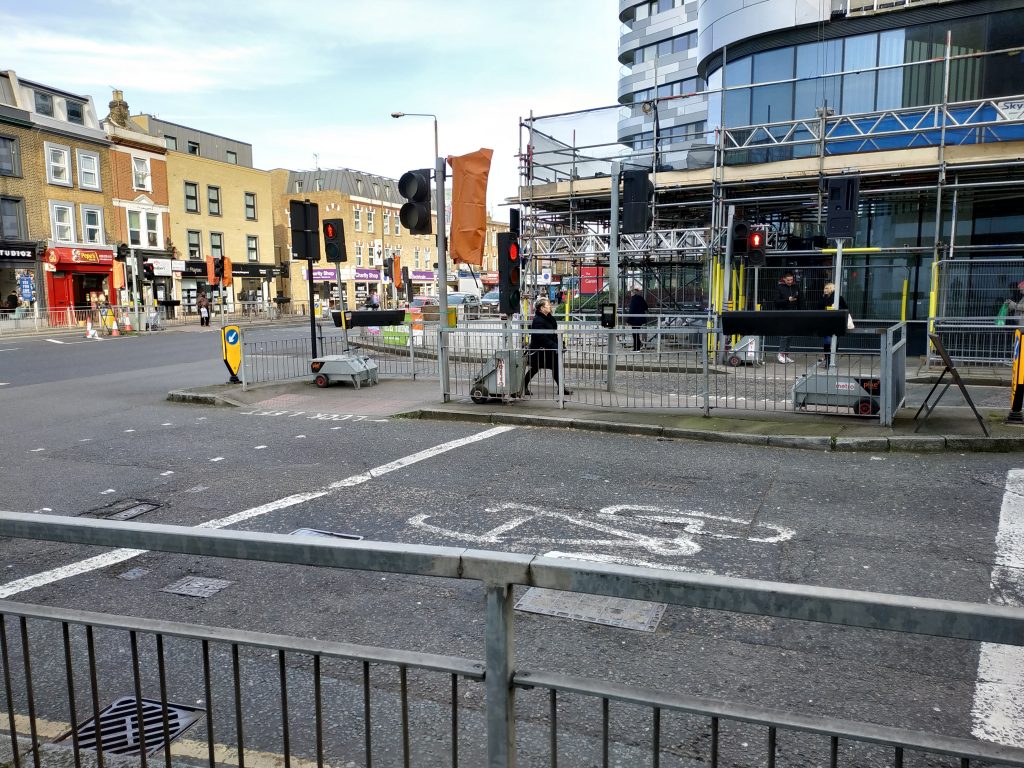
Their presence is a sign that a junction or street is of such poor design. Currently they are wedging pedestrians onto narrow paving making two metre social distancing impossible.
The guide includes some south east London projects such as Woolwich squares as examples of good practice. Unfortunately major projects with outside assistance rarely translate to routine maintenance and small scale upgrades.
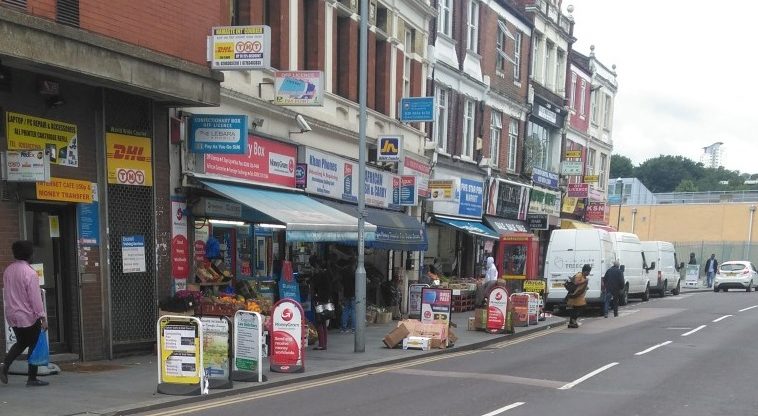
Other things to avoid include “narrow footways with pinch points” and “street clutter including advertising boards”. These impact upon those with mobility impairments and those with buggies.
Pavement width and obstacles are a common theme: “footways, footpaths and crossings should be designed to maximise usable effective width by reducing clutter and improving physical pinch-points to offer footway clear widths of no less than 2.0m and crossing widths of no less than 2.4m (a preferred minimum of 3.2m applies at signal controlled crossings) with additional width provided based on pedestrian flows.”
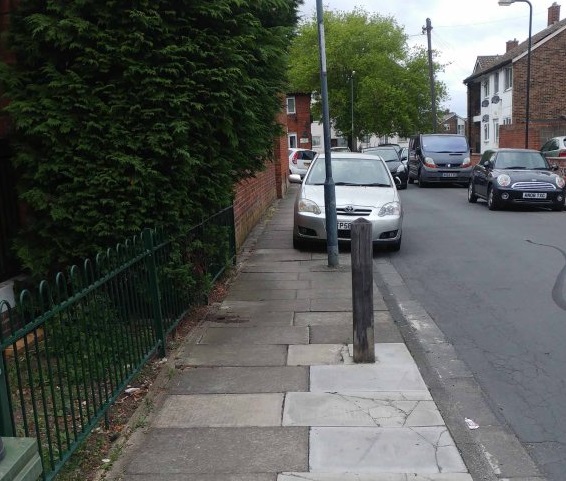
Trying to herd pedestrians along designated routes is a futile measure often mentioned on this site, and highlighted in the guide:
“Good public realm design should support direct movement for pedestrians to enable them to walk where they wish to go. Links that prioritise walking over other modes of transport enhance the relative convenience and attractiveness of walking.
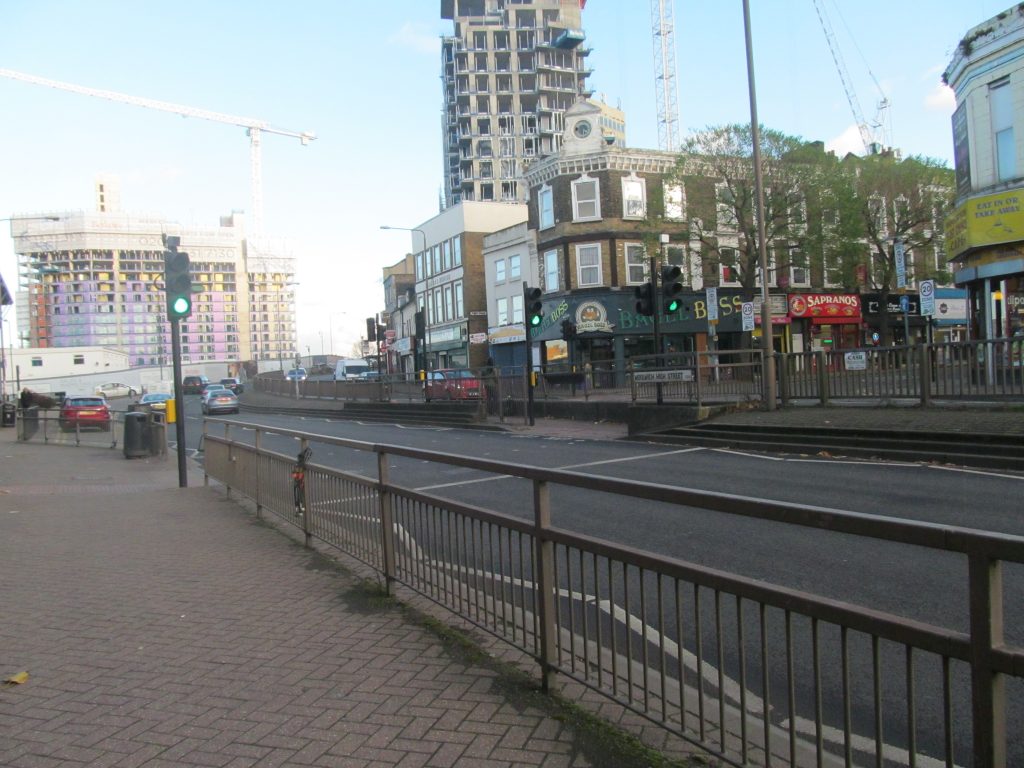
Pedestrians tend to favour direct routes without deviation, changes in grade level or long waiting times at traffic signals. If directness and convenience is not provided for, it is likely that people will follow their own preferred desire lines.”
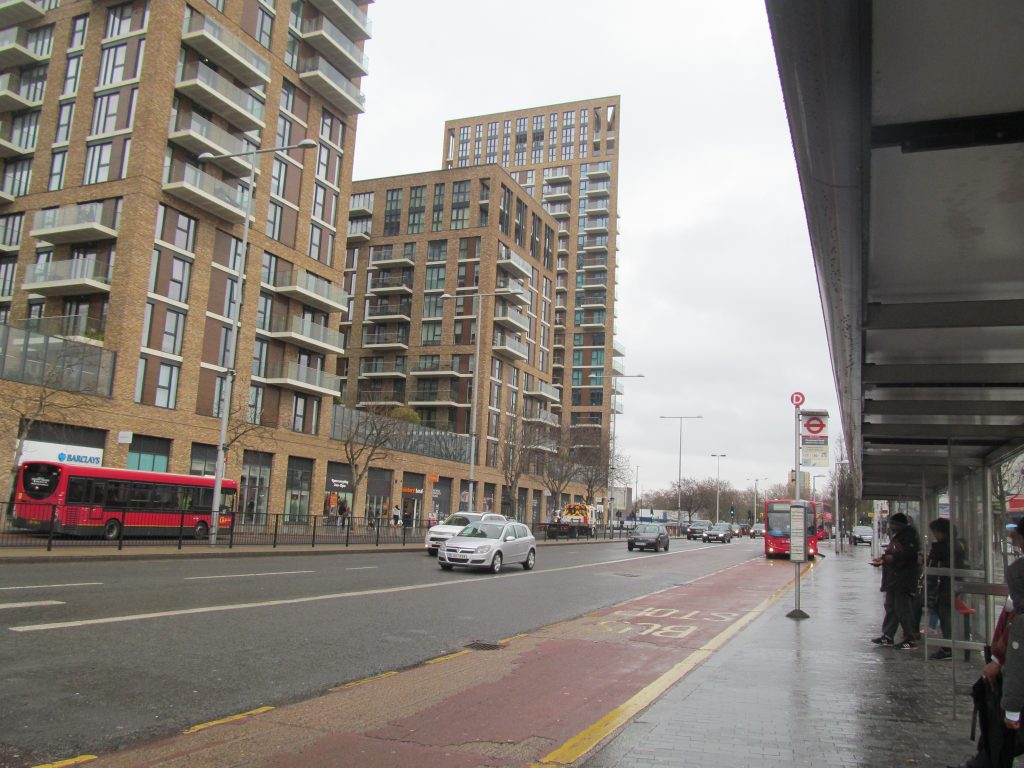
Legibility
Understanding whether a pedestrian is on the right track from A to B is a key aspect of good design. One that certain areas fail.
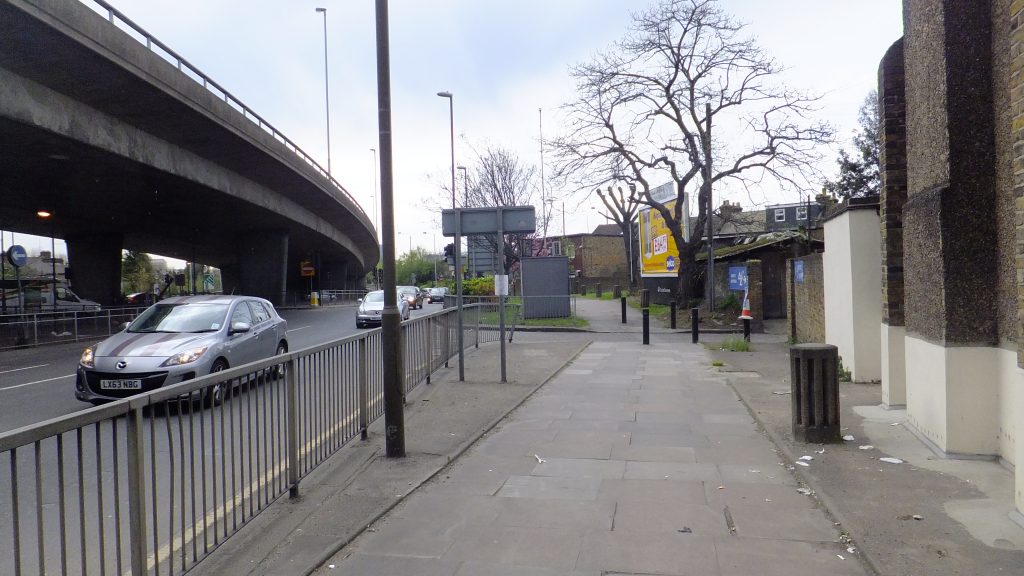
Some examples are the walk from Greenwich Peninsuka and shops like Ikea to Westcombe Park station. Pedestrians are sometimes shifted away from direct routesand it’s unclear where a path leads when approaching.
Paving actually continues on the right side of the road in the view above and rejoins the road further ahead linking towards GMV homes and shops though people have to divert behind bushes and verges. This isn’t good design. Pavement area running alongside the road offering visibility ahead would assist those on foot. This could have been rectified with a roadside path using incoming Section 106 money from housing and shops in the area – but wasn’t.
One change is to now differentiate pavements from roads using materials and also kerbs in high-footfall areas. Abbey Wood’s current upgrade project does not do this – and given the history of parking has led to predictable outcomes.
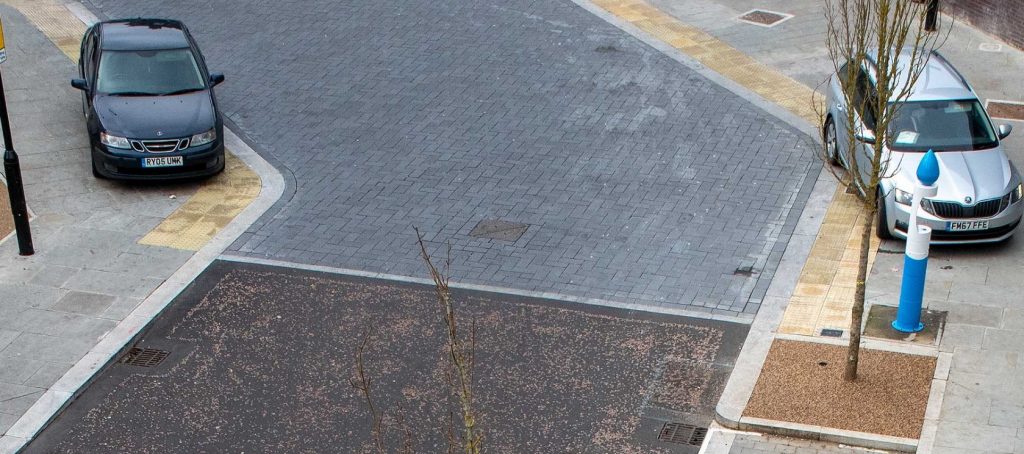
For all this site’s criticism of clumsily installed and apparently random street clutter and bollards instead of good design and effective parking enforcement, this is one of the few areas bollards are needed. Attractive and quality ones that is. Let’s not ruin a major upgrade with poor quality interventions.
Whether this guide will have any more impact on certain authorities than other guides that precede is up for debate. It’s hard to have much confidence. The boroughs with capable staff will keep doing good work and those without will not. If those at the top stick rigidly to dated practices and politicians levy little pressure on Departments and Officers what will change? Routine projects will continue to be poor and to the detriment of streets, towns and aspirations of healthier communities, while large-scale projects will gradually degrade as ownership passes to failing departments upon completion.
Much isn’t even related to funds but knowledge and care. It costs more to install huge amounts of clutter in streets. It’s cheaper to maintain less, do it well and get people out of cars. The lessons are there to be learned.
You can read the new guide here.
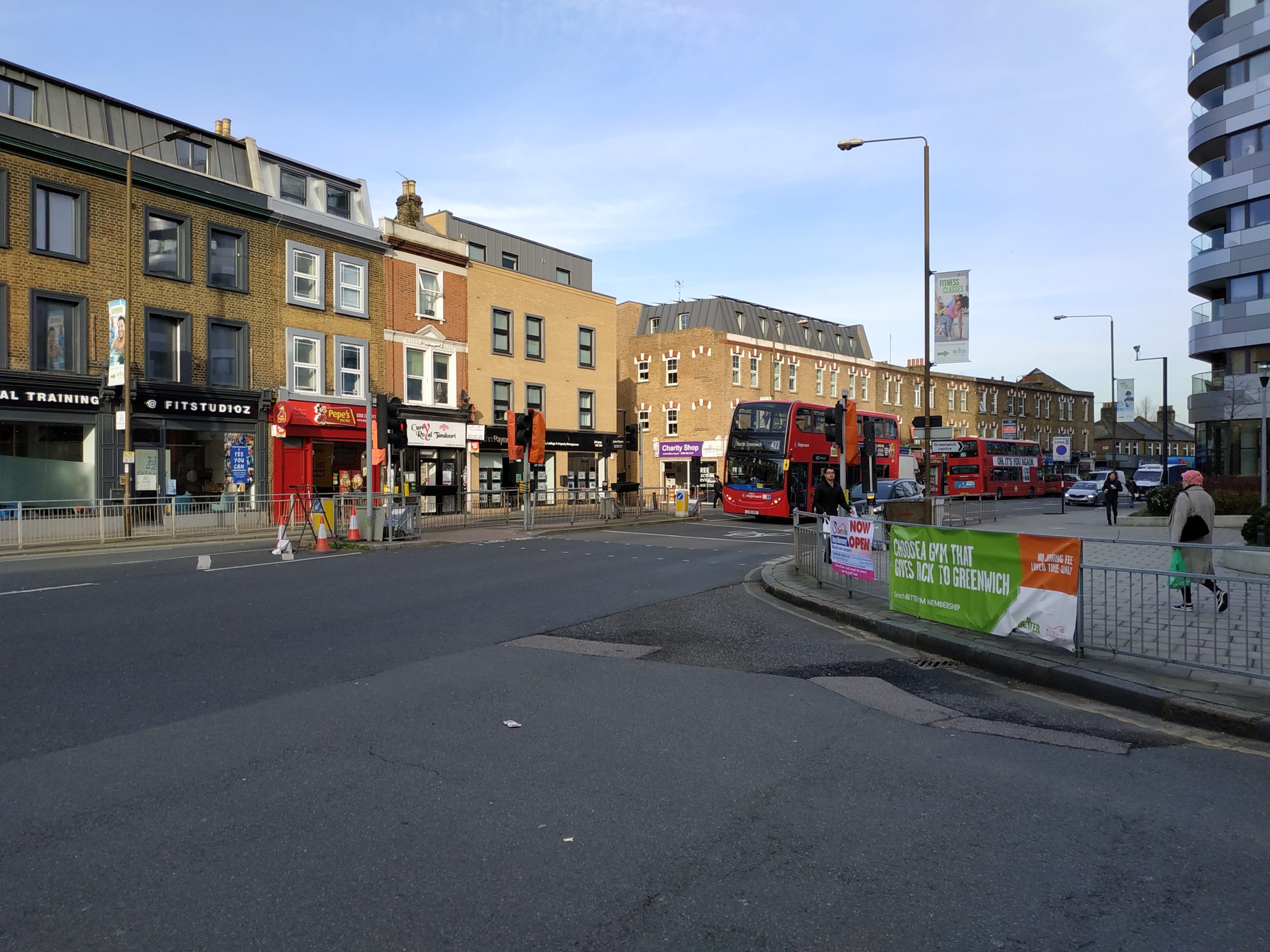

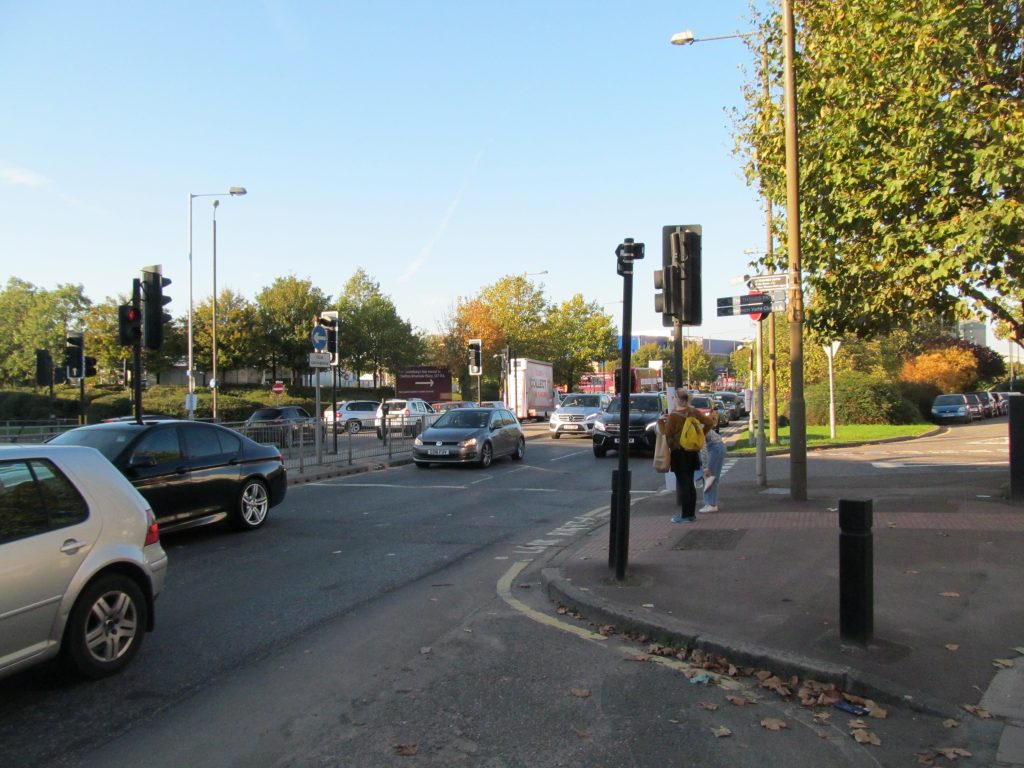


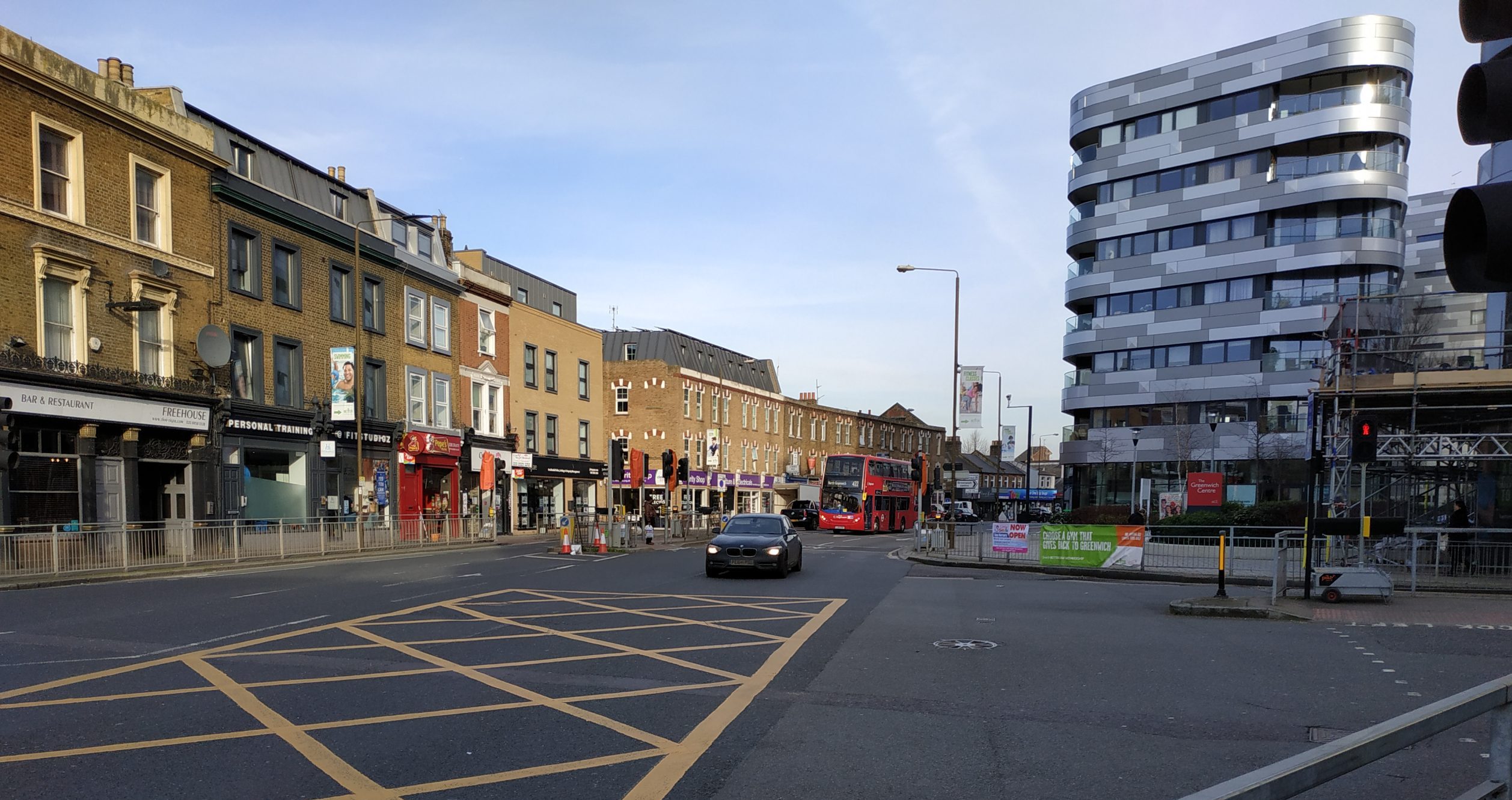
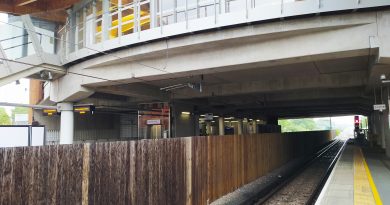
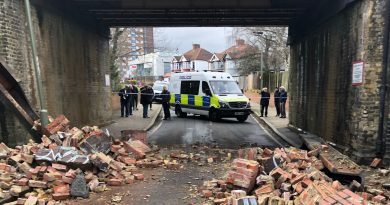
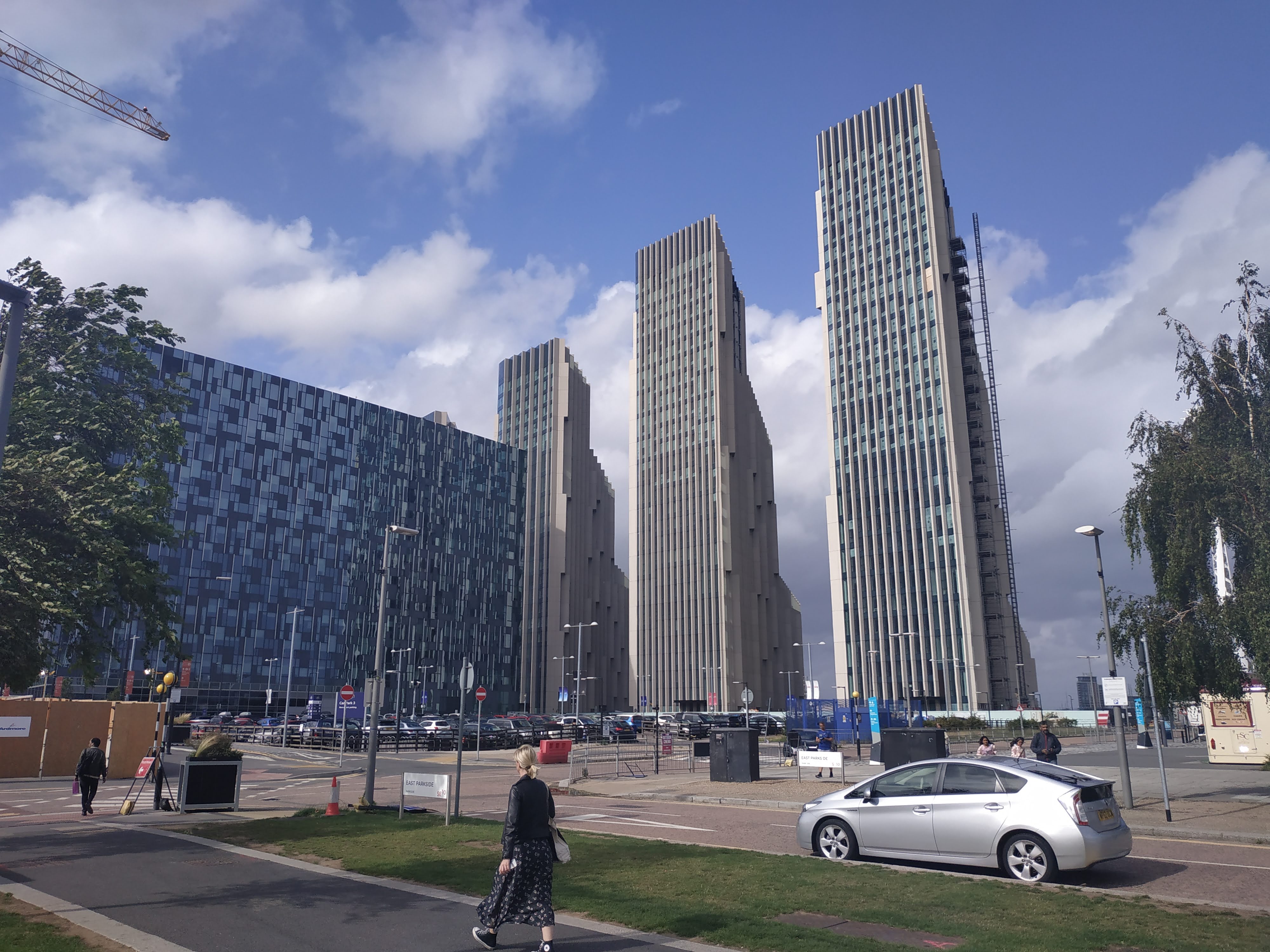
We should be promoting the greatness and wellbeing of this Royal Borough.
The Realm is in dire need of investment, Poor outdated design and lack of maintenance as left this in disrepair.
Surely, Less clutter is better, so lets dispose all non pedestrian friendly street furniture.
A Borough wide plan should be drawn up to envisage a ‘Better Streets’ campaign, to identify Where investment is most needed by ward. An initiative to Lay new footpaths, resurface roads, streetlight upgrades to LED, landscape and maintain gardens, and improve our neglected estates.
These are their main priorities, which are overlooked continuously.
The Royal Borough of Greenwich is one of the best Boroughs in London in terms of green spaces and history, We are lucky to have Greenwich Park, Blackheath, Woolwich common and several parks around the Borough.
I do hope that Royal Greenwich will take some of the ideas on board with regard to street clutter, public realm landscaping, pavement parking, improving road junctions and upgrading street lighting to engergy efficient LED street lighting etc.
To make both our roads and pavements safer for all.
So that the Royal Boorugh of Greenwich remains the best Borough in London to live, work and visit.
I agree with both Ashley and CDT we do live in a great Borough and we should be promoting the greatness and wellbeing of this Royal Borough.Improving the public realm and decluttering street clutter and improving streets and pavements,
While encouraging investment in the borough.